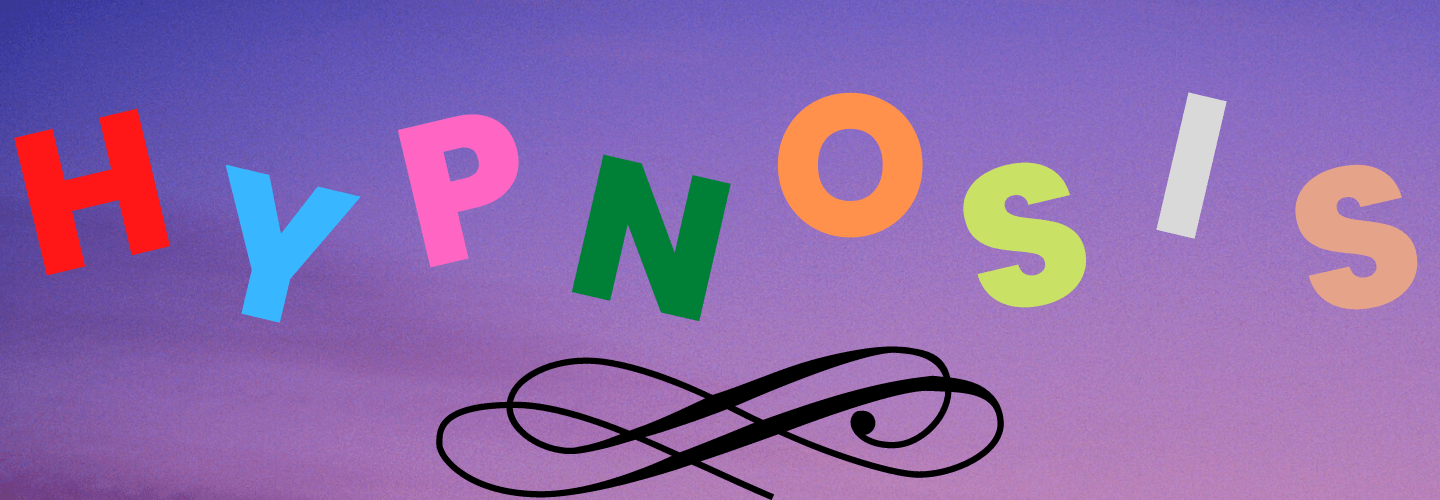
Utilize the transformative power of hypnosis, EFT, and NLP to effectively conquer the fear or phobia of pigeons. These therapies delve into the subconscious mind to uncover and resolve the root causes of fear. Tapping into emotional freedom techniques like EFT can aid in releasing negative emotions tied to the phobia. NLP techniques provide tools to reframe beliefs and create positive associations with pigeons, fostering a future free from fear. The integrated approach of these therapies offers a holistic solution for overcoming ornithophobia and moving towards lasting healing. Discover the path to freedom from pigeon phobia with these transformative techniques.
Understanding Ornithophobia
Understanding the fear of birds, known as ornithophobia, is essential in addressing and overcoming this common phobia. Ornithophobia causes individuals to experience intense anxiety, fear, and even panic when encountering birds, particularly pigeons. This fear can stem from various factors, such as past traumatic experiences involving birds, a lack of exposure to birds during childhood, or a genetic predisposition towards developing phobias.
When it comes to treating ornithophobia, there are several effective options available. Cognitive-behavioral therapy (CBT) is a widely used approach that helps individuals identify and challenge negative thought patterns and behaviors associated with their fear of birds. Exposure therapy, another common treatment method, involves gradually exposing the individual to birds in a controlled environment to help desensitize them to their fear. Additionally, relaxation techniques, such as deep breathing exercises or mindfulness meditation, can also be beneficial in managing anxiety levels associated with ornithophobia.
Benefits of Hypnosis for Phobias

Hypnosis has been recognized as a beneficial tool in addressing and alleviating phobias, offering individuals a unique approach to exploring and overcoming their fears. Scientific evidence supports the effectiveness of hypnosis in helping individuals manage and conquer various phobias, including ornithophobia – the fear of birds. Through hypnosis, individuals can investigate into their subconscious minds to understand the root causes of their fears and work towards resolving them.
Personal experiences often highlight the success of hypnosis in treating phobias. Many individuals have shared their journeys of overcoming intense fears through hypnotherapy sessions. These accounts emphasize the transformative power of hypnosis in providing a safe space for individuals to confront and ultimately conquer their phobias.
Moreover, the integration of techniques like Emotional Freedom Techniques (EFT) alongside hypnosis has shown promising results in enhancing the effectiveness of phobia treatment. By combining these approaches, individuals can experience a thorough and holistic method to address their fears and move towards a life free from the constraints of phobias.
The Power of EFT in Healing

Embracing the practice of Emotional Freedom Techniques (EFT) can offer a profound and transformative approach to healing various emotional and psychological challenges. EFT operates on the principle that unresolved emotional issues contribute to physical symptoms and disease. By tapping on specific meridian points on the body while focusing on the issue at hand, EFT can facilitate an emotional release, allowing individuals to move forward in their healing journey.
During an EFT session, individuals are encouraged to acknowledge their fears, phobias, or anxieties while tapping on acupressure points. This process helps in calming the amygdala, the part of the brain responsible for the fight-or-flight response. Through this technique, individuals can experience a shift in their emotional state, leading to a sense of relief and empowerment.
NLP Techniques for Fear Resolution

To overcome fear or phobia of pigeons, utilizing Neuro-Linguistic Programming (NLP) techniques can be highly effective. NLP Techniques Overview will provide a foundation for understanding how to reframe negative thought patterns.
Fear Anchoring Exercise and Submodalities for Fear are specific practices within NLP that can help individuals rewire their responses to pigeons, ultimately reducing anxiety and fear.
NLP Techniques Overview
Utilizing Neuro-Linguistic Programming (NLP) techniques can provide individuals with effective tools to address and overcome their fears or phobias, including the fear of pigeons. NLP focuses on the mind-body connection and subconscious healing, offering transformative neuro-linguistic strategies for fear release.
By tapping into the power of language, thought patterns, and behaviors, NLP helps individuals reframe their perceptions of fear, allowing them to break free from the constraints that hold them back. Through techniques such as reframing negative beliefs and anchoring positive emotions, NLP empowers individuals to rewire their minds and create new, positive associations with previously fear-inducing stimuli like pigeons.
This approach enables individuals to move towards a future free from the grip of fear, opening up a world of possibilities and freedom.
Fear Anchoring Exercise
Engaging in a Fear Anchoring Exercise can be a powerful Neuro-Linguistic Programming (NLP) technique for individuals seeking to resolve their fear or phobia of pigeons. This exercise involves gradually exposing oneself to the fear trigger, in this case, pigeons, while simultaneously practicing relaxation techniques.
By pairing the fear exposure with relaxation, individuals can start to rewire their brain's response to pigeons, associating them with calmness rather than fear. During the exercise, it is essential to stay mindful of any anxiety that arises and actively work on relaxing the body and mind.
With consistent practice, Fear Anchoring can help individuals diminish the intensity of their fear response towards pigeons, ultimately leading to fear resolution.
Submodalities for Fear
As individuals progress in their journey to overcome fear or phobia of pigeons, exploring submodalities within Neuro-Linguistic Programming (NLP) techniques can offer valuable insights and strategies for fear resolution. Visual triggers play an important role in the experience of fear, as different individuals may have specific images or scenes associated with their fear of pigeons.
Case Studies: Overcoming Pigeon Phobia

Through real-life examples, we can understand the effectiveness of various treatments in overcoming pigeon phobia.
These case studies provide valuable insights into how individuals have successfully managed their fear of pigeons using different techniques.
Successful Pigeon Phobia Treatments
Effective pigeon phobia treatments have shown significant success in aiding individuals to overcome their fear of pigeons. Exposure therapy and desensitization techniques are commonly used to gradually expose individuals to pigeons in a controlled and safe environment, helping them confront their fear and reduce anxiety levels over time.
Additionally, cognitive restructuring plays an important role in challenging and changing negative thought patterns associated with pigeons, allowing individuals to develop a more rational and positive outlook. Relaxation techniques are also employed to help individuals manage stress and anxiety levels when exposed to pigeons, promoting a sense of calmness and control.
These inclusive approaches, tailored to each individual's specific needs, have proven to be effective in treating pigeon phobias and facilitating long-lasting results.
Techniques for Fear Resolution
Individuals seeking to overcome their pigeon phobia can benefit from exploring various techniques for fear resolution, including cognitive restructuring and gradual exposure therapy. Cognitive restructuring helps individuals challenge and change irrational thoughts about pigeons, replacing them with more realistic and balanced beliefs.
Gradual exposure therapy involves slowly and safely exposing oneself to pigeons to reduce fear and anxiety over time. Additionally, virtual reality exposure can provide a controlled environment for individuals to confront their fear of pigeons in a safe setting.
Mindfulness meditation techniques can also be valuable in managing anxiety and stress related to pigeon phobia, helping individuals stay present and calm when faced with their fears. By combining these techniques, individuals can work towards overcoming their pigeon phobia effectively.
Integrating Therapies for Lasting Results

To achieve lasting results in overcoming a fear or phobia of pigeons, integrating a combination of therapies tailored to the individual's needs is vital. By harnessing therapeutic synergy and adopting a holistic approach, individuals can address the root causes of their fear in a thorough manner. This integration allows for a multi-disciplinary healing experience that considers the unique aspects of each person's fear response.
Customized interventions play an important role in this process, as they enable therapists to blend techniques from various modalities such as hypnosis, Emotional Freedom Technique (EFT), and Neuro-Linguistic Programming (NLP) to create a personalized treatment plan. Through this tailored approach, individuals can benefit from the strengths of each therapy while addressing specific aspects of their fear or phobia.
Frequently Asked Questions
Can Hypnosis, Eft, and NLP Be Used to Treat Other Phobias Besides the Fear of Pigeons?
Alternative therapies such as hypnosis, EFT, and NLP can effectively treat various phobias beyond the fear of pigeons. These techniques offer personalized approaches, helping individuals confront and overcome their specific fears with lasting results.
Are There Any Potential Side Effects or Risks Associated With Using Hypnosis, Eft, and NLP for Treating Phobias?
When pondering the potential risks of using hypnosis, EFT, and NLP for phobia treatment, it is essential to note the significance of proper training, individual differences, and the need for monitoring long-term outcomes to guarantee effectiveness and safety.
How Long Does It Typically Take to See Results When Using Hypnosis, Eft, and NLP for Treating Phobias?
When addressing phobias, the time frame for noticeable results varies, influenced by individual factors and the treatment approach. Success rates often correlate with the client's commitment to the process, the expertise of the practitioner, and the complexity of the phobia.
Are There Any Specific Qualifications or Certifications to Look for in a Therapist Who Specializes in Using Hypnosis, Eft, and NLP for Phobia Treatment?
When seeking a therapist specializing in phobia treatment using various techniques, it's important to look for qualifications like a relevant degree in psychology or counseling and certifications from reputable organizations such as the American Society of Clinical Hypnosis.
Can These Therapies Be Used in Combination With Traditional Therapy or Medication for Treating Phobias?
Integrating therapies like hypnosis, EFT, and NLP with traditional therapy or medication for treating phobias can offer a thorough approach. Complementary strategies can enhance the effectiveness of treatment, providing patients with a more holistic and tailored plan for overcoming their fears.
Conclusion
In the journey to overcome a fear or phobia, one must explore deeply into the subconscious mind, utilizing tools like hypnosis, EFT, and NLP.
These therapeutic techniques act as guiding lights in the dark, helping individuals navigate through their fears like a ship in a stormy sea.
Embracing these methods can lead to a profound transformation, allowing one to break free from the constraints of their fears and soar to new heights of inner peace and freedom.
Take the Next Step
Do not be afraid to reach out to me, Mark E Wilkins, to assist you in any issues you might have. Most Hypnotherapy sessions last 2 hours and EFT Sessions are usually handled with one session. Life Coaching is 45 minute session, once a week. Self-Hypnosis is taught in one session, and lasts a lifetime.
To make an appointment, first listen to the Pre-talk and fill out he Complementary Healthcare Provider Disclosure. The use the Contact Form to request an appointment with the Bohol Hypnosis Expert.
Self-help downloads are available. The self-hypnosis program to teach you how to self-hypnotize is here.





